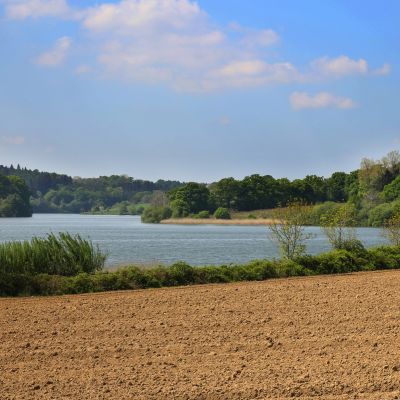Water and sanitation technologies are not always suitable for every context. The WASHTech project helps decision makers to review and introduce new technologies where they work.
Key Facts
- The three-year project involved research activities in three African countries – Burkina Faso, Ghana and Uganda – but its findings have since been applied in a number of other countries.
- The project saw us work with European and African partners – IRC International Water and Sanitation, WaterAid, Skat, KNUST, Trend, Netwas, and Water and Sanitation for Africa (WSA).
- A range of tools to aid new technology assessment and scale-up, developed through the consortium’s research, are now being disseminated via the Rural Water Supply Network.
- Funded by European Commission's Seventh Framework Programme (FP7)
Impact of our research
The project developed a Technology Applicability Framework (TAF) which decision makers (national or local governments or NGOs) can use to assess whether a technology should be used where they work. This is now published via the Rural Water Supply Network. As well as the three African nations where the TAF was initially trialled, it has also been utilised by WaterAid in Nicaragua for a pour-flush toilet and for solar pumping technology in Tanzania, and in the Philippines, Afghanistan and Kenya.
Why the research was commissioned
Water, sanitation and hygiene (WASH) technologies have the potential to meet the needs of populations in Sub-Saharan Africa and other developing countries but few have actually been scaled-up and integrated into the development strategies of countries.
Technologies can provide access to sanitation services but only if the right ones are used. Cheap and affordable solutions that can provide sustained access to WASH services are within reach, yet few of these have been implemented effectively.
Why Cranfield?
We were selected to be a part of this consortium as we have a good understanding of the challenge that the project was trying to address, but we can also apply rigorous research methods, in this case to understand the impact of the project.

